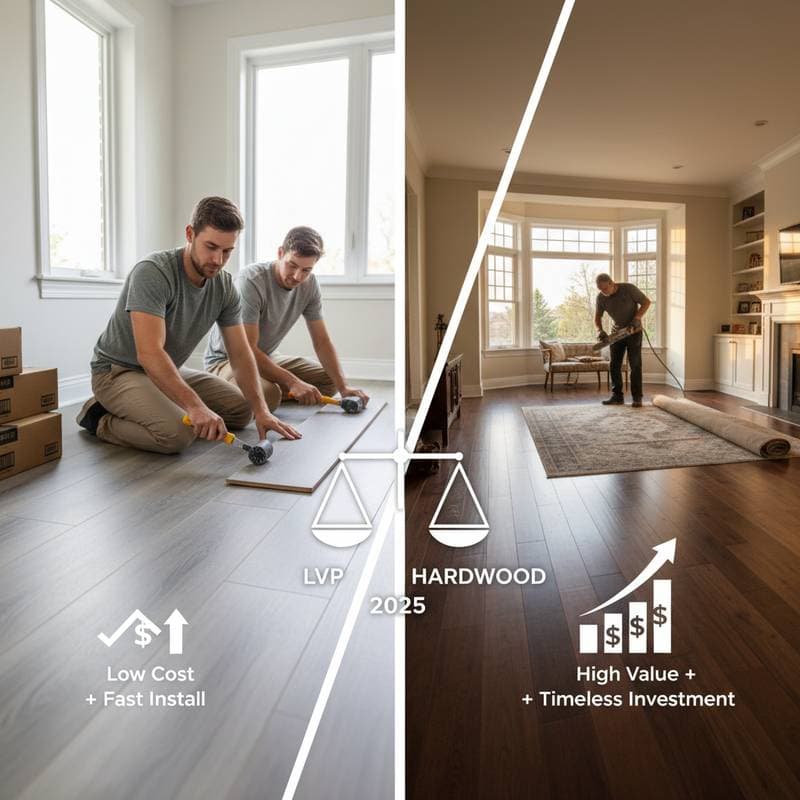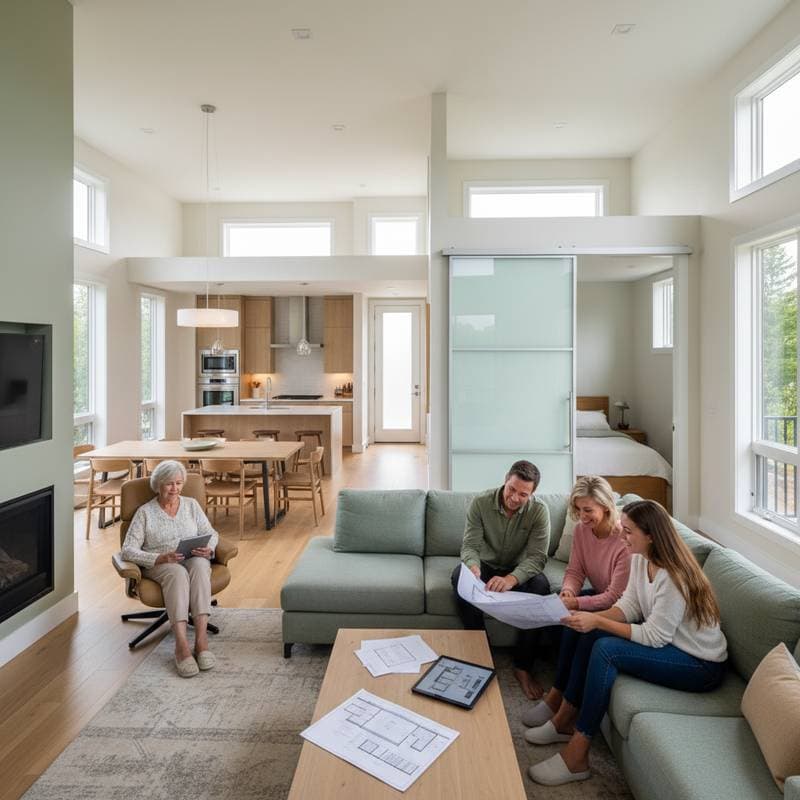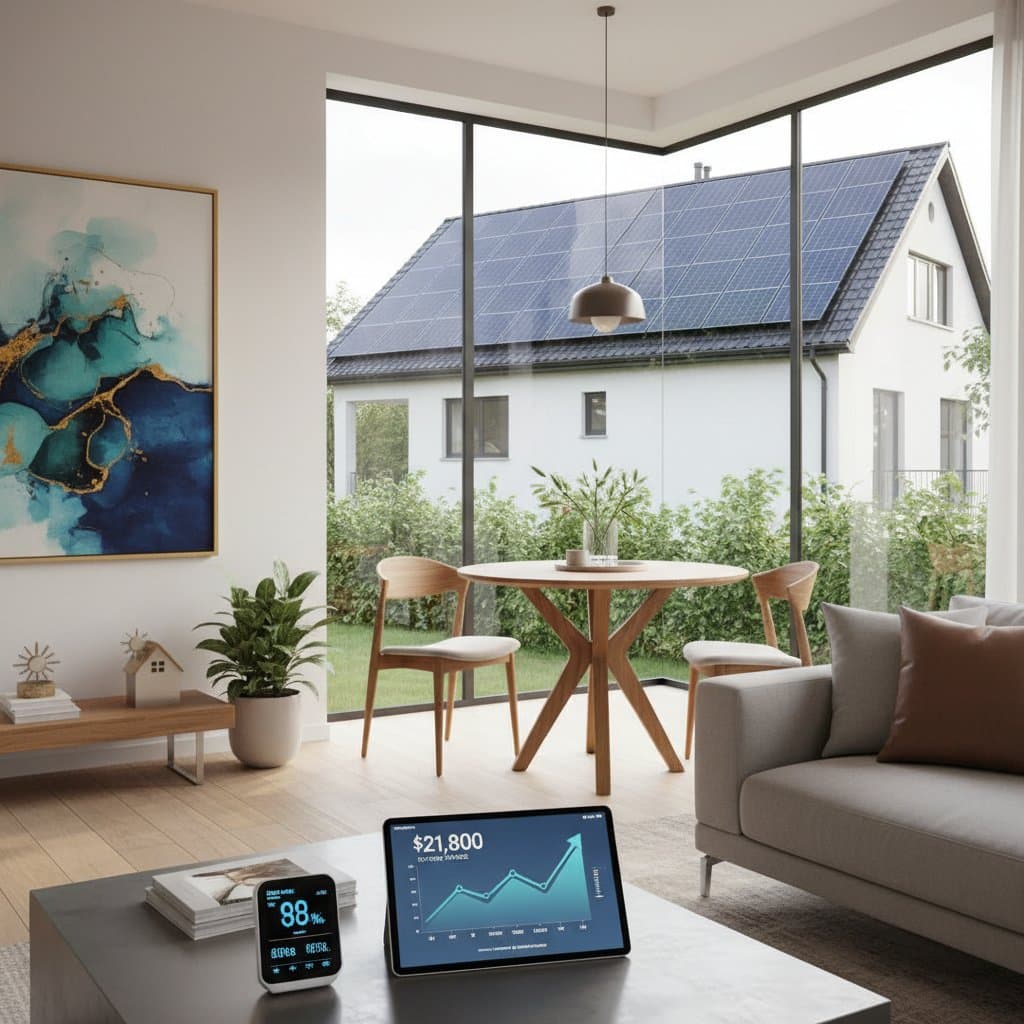Introduction to LVP and Hardwood Flooring Options
Homeowners often face the choice between luxury vinyl plank (LVP) flooring and traditional hardwood when renovating or building. In 2025, LVP typically costs $3 to $9 per square foot installed, making it roughly half the price of hardwood, which ranges from $6 to $16 per square foot. While LVP provides an affordable alternative with quick installation and water resistance, hardwood offers superior durability and enhances property value over time. This guide examines key differences in cost, performance, and installation to help you select the right flooring for your needs.
LVP mimics the look of wood at a fraction of the expense, ideal for high-traffic areas or homes with pets and children. Hardwood, however, brings natural warmth and timeless appeal that can last generations with proper care. Understanding these trade-offs ensures your investment aligns with lifestyle demands and long-term goals.
Cost Breakdown: Materials and Installation
Initial expenses form the foundation of any flooring decision. LVP materials alone cost $2 to $5 per square foot, with installation adding $1 to $4 more, depending on room size and complexity. Hardwood starts at $4 to $10 per square foot for materials, plus $2 to $6 for professional installation, often requiring additional underlayment or acclimation periods.
Factors influencing total costs include square footage, subfloor preparation, and regional labor rates. For a 200-square-foot room, expect LVP totals around $600 to $1,800, versus $1,200 to $3,200 for hardwood. These figures exclude removal of old flooring, which can add $1 to $3 per square foot.
Long-term value also matters. Hardwood may command a 3 to 5 percent premium on home resale prices, while LVP maintains functionality without significantly altering market appeal.
DIY Versus Professional Installation
Installation methods vary by flooring type, affecting both time and potential pitfalls.
Luxury Vinyl Plank (LVP)
- Skill Level: Suitable for beginners to intermediate DIYers.
- Required Tools: Utility knife, tapping block, spacers, pull bar, and rubber mallet.
- Estimated Time: One weekend for a medium-sized room, assuming flat subfloors.
- Common Risks: Gaps in locking seams from improper alignment, issues with uneven subfloors, or problems in moist environments leading to buckling.
LVP clicks together without adhesives in most cases, simplifying the process for cost-conscious homeowners.
Hardwood
- Skill Level: Demands advanced skills or professional expertise.
- Required Tools: Flooring nailer, circular saw or miter saw, orbital sander, respirator for dust protection, and polyurethane applicators.
- Estimated Time: Three to five days, including drying time for finishes.
- Common Risks: Exposure to finish fumes requiring ventilation, uneven sanding that causes dips or highs, or subfloor damage from improper nailing.
Hardwood installation involves acclimating boards to room humidity and securing them with nails or glue, steps that benefit from experienced hands.
Professional Recommendation: Engage a licensed installer for hardwood projects or any LVP installation over uneven subfloors, radiant heating systems, or areas prone to moisture. Professionals ensure warranties remain valid and avoid costly repairs.
Maintenance, Care, and Expected Lifespan
Ongoing upkeep preserves appearance and extends usability for both options.
Luxury Vinyl Plank (LVP)
- Sweep or vacuum debris regularly to prevent scratches.
- Use a damp mop with a cleaner formulated for vinyl surfaces.
- Steer clear of waxes, steam cleaners, or abrasive pads that could dull the finish.
- Lifespan: 10 to 20 years under normal conditions, after which replacement becomes necessary.
LVP resists stains and spills effectively, requiring minimal effort in busy households.
Hardwood
- Sweep daily and mop sparingly with a pH-neutral wood cleaner.
- Apply a protective recoat every 5 to 10 years to seal the surface.
- Sand and refinish completely when wear penetrates to the base layer, typically after 20 to 30 years.
- Lifespan: 40 years or longer with diligent maintenance, allowing for multiple refinishing cycles.
Hardwood develops a patina over time, adding character, but demands attention to humidity control to prevent warping.
Practical Steps for Your Flooring Project
Taking structured actions streamlines the selection and setup process.
- Measure room dimensions precisely and include a 10 percent buffer for cuts and waste.
- Obtain quotes from at least three local installers, specifying inclusion of materials, trim pieces, and old flooring removal.
- Insist on moisture testing for concrete subfloors or installations in humid regions to avoid future issues.
- Collect physical samples of LVP and hardwood options to evaluate color matching, texture feel, and walking sound in your space.
- Weigh choices based on desired lifespan, ease of maintenance, and how each impacts home resale potential.
Achieving Lasting Value Through Informed Choices
Selecting between LVP and hardwood involves balancing upfront savings with enduring benefits. LVP suits budgets focused on immediate affordability and low upkeep, while hardwood invests in premium aesthetics and longevity. By aligning your pick with daily routines and future plans, you create a foundation that enhances comfort and equity for years ahead.



